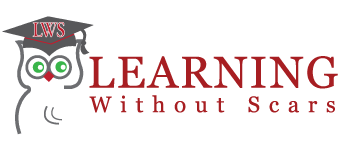With the distribution networks supporting construction equipment becoming even more dependent on absorption and contribution margins we have recognized the critical nature of comprehensive and current marketing information. The Dealer Management Systems now offer comprehensive call reporting, machine population and all of the attendant reporting structures on market potential and market capture. The Sales Function requires very strong parts and service marketing.
The comprehensive skills assessment covers all of the topics and subject matter required in the course of performing the parts and service marketing job function. In assessing this position, we have taken all of the classes involved in selling and marketing and created a skills assessment. We have taken the 900 questions, from the pretest and final assessment, from all of the classes offered for Marketing and Selling. We have taken all of these questions and boiled them down to ninety essential questions. Each question has an answer within a multiple-choice selection.
The results from the CSA, Comprehensive Skills Assessment, categorize the skills and knowledge of the individual being assessed, into one of our four levels of accomplishment: Developing, Beginning, Intermediate, and Advanced.
These assessments can be used, in conjunction with background checks and interviews, to screen applicants before they are hired. They should also be used in the annual performance review with each employee. They can even be used as a foundation piece of information related to the wages and salaries paid to the employees. Finally, and this is the genesis of the creation of the comprehensive assessment skills, the assessment has been developed to be used to create a specific employee development program for each employee in the parts and service business teams.
